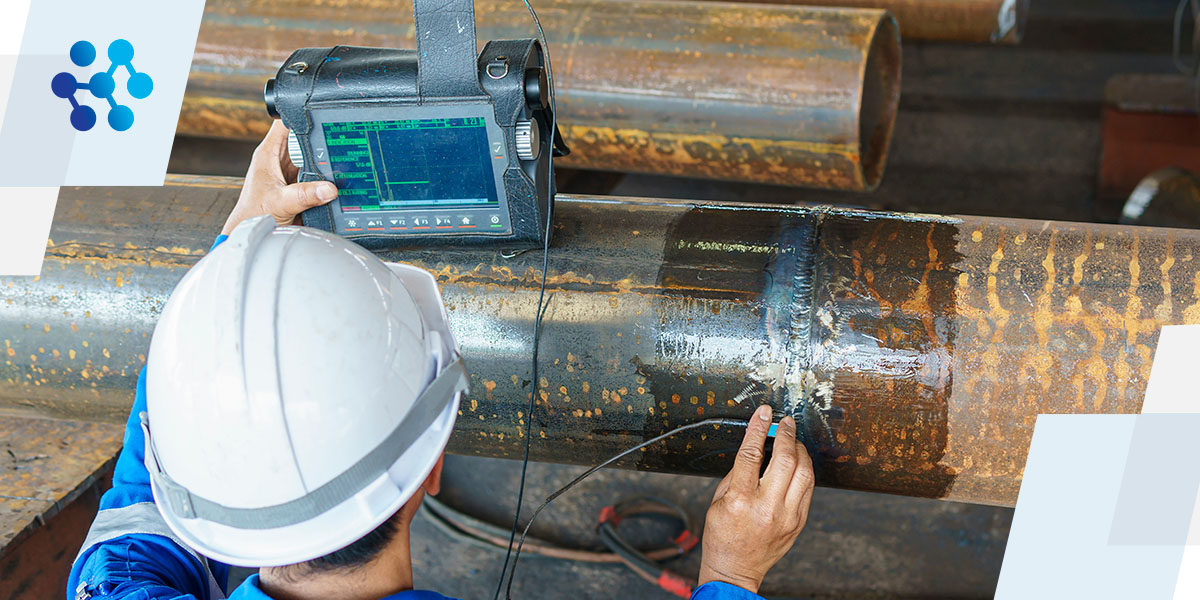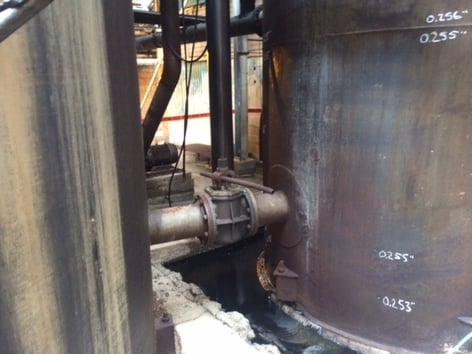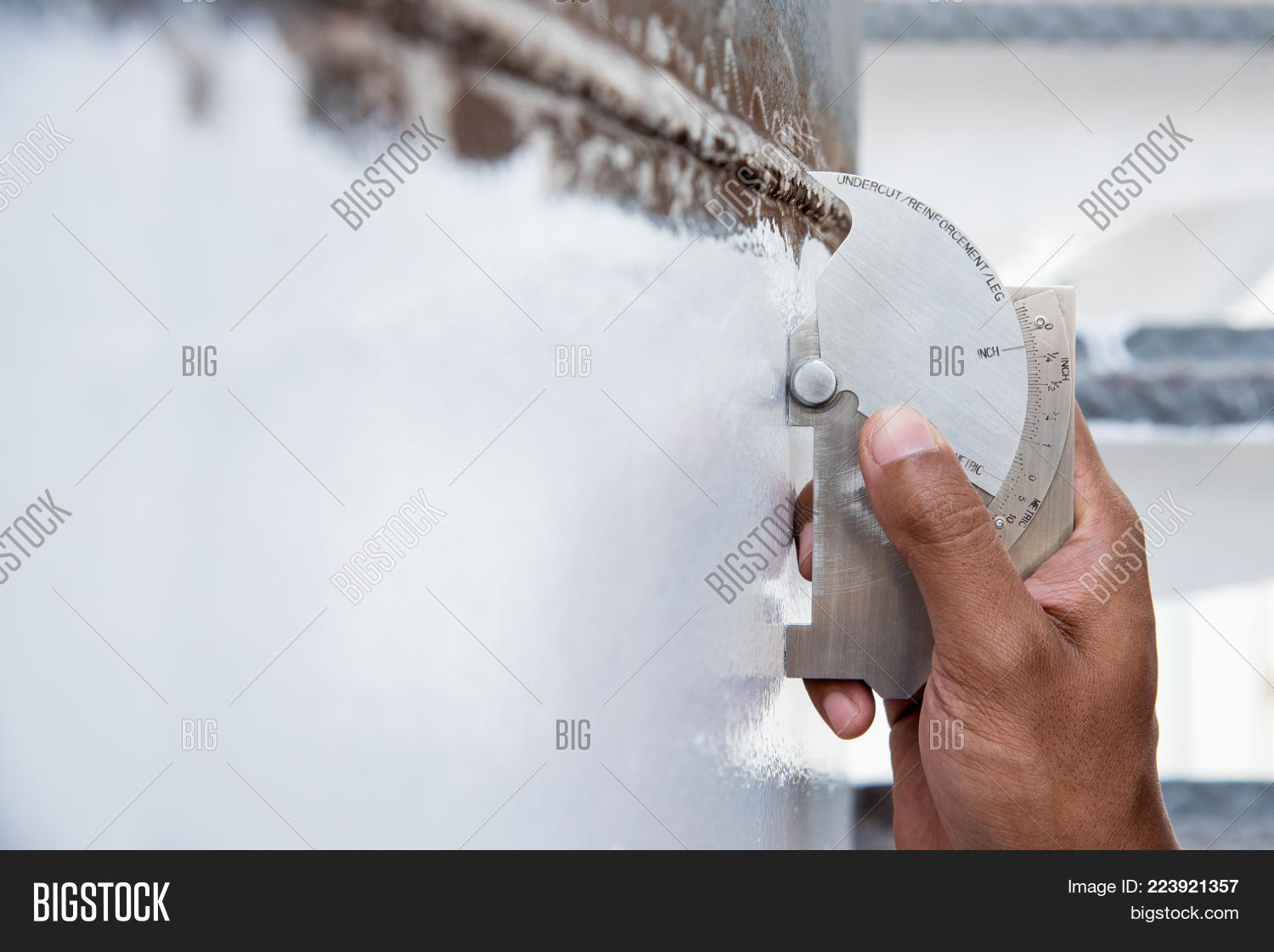A Thorough Overview of Storage Tank Welding Examination Criteria and Methodologies for Improved Weld Top Quality and Performance
The significance of welding inspection standards in the production of containers can not be overemphasized, as they offer as the foundation for making sure weld stability and operational reliability. Various inspection strategies, consisting of visual evaluations and advanced non-destructive screening approaches, are critical in identifying potential imperfections that might compromise performance.
Value of Welding Assessment Criteria

Welding examination criteria incorporate a variety of standards, including product specifications, welding treatments, and qualifications of workers associated with the welding process. By applying these requirements, companies can systematically determine and rectify prospective defects, consequently lowering the possibility of pricey repairs or disastrous failings. Additionally, extensive examination practices promote a society of accountability and accuracy, urging welders to maintain high levels of workmanship.

Typical Welding Assessment Methods


Ultrasonic Checking (UT) is an additional prevalent strategy, making use of high-frequency sound waves to identify inner flaws that might not show up on the surface. This method is specifically efficient for recognizing voids or inclusions within the weld metal. Magnetic Bit Evaluating (MT) is likewise commonly made use of, especially for ferromagnetic materials, as it reveals surface area and near-surface flaws via the application of electromagnetic fields and ferrous fragments.
In Addition, Fluid Penetrant Screening (PT) finds surface-breaking flaws by using a penetrant to the weld and then using a programmer to extract the penetrant. Each of these strategies adds to an extensive assessment technique, making sure that welds satisfy the strict top quality requirements required in storage tank construction.
Governing Standards and Conformity
Regulatory standards and conformity are important components in guaranteeing the safety and integrity of welded frameworks in tank building - Tank Welding Inspection. These criteria serve to develop minimum requirements for product residential properties, welding procedures, and assessment techniques, thus lowering the risk of structural failings and enhancing total efficiency
Key companies, such as the American Culture of Mechanical Engineers (ASME) and the American Welding Society (AWS), supply guidelines that are commonly taken on in the industry. Compliance with these requirements not just ensures adherence to finest practices however likewise fulfills lawful and contractual responsibilities, securing the passions of stakeholders.
Regulatory bodies typically mandate adherence to details codes, such as ASME Code Area IX for welding qualifications and API 650 for welded storage tanks. These codes detail needs for welding strategies, qualifications of personnel, and screening methods to confirm weld stability.
Normal audits and examinations are crucial to preserving conformity, as they help identify discrepancies from established requirements. Non-compliance can lead to significant penalties, project delays, and safety hazards. Thus, a robust understanding of governing requirements and a commitment to conformity are vital in accomplishing high-quality and sturdy bonded tank structures.
Non-Destructive Evaluating Methods
Just how can the honesty of bonded frameworks be ensured without creating damages? Non-destructive screening (NDT) approaches use more a robust service, enabling assessors to review weld top quality without jeopardizing the material - Tank Welding Inspection. Among the most common NDT strategies are ultrasonic testing (UT), radiographic testing (RT), magnetic bit testing (MT), and dye penetrant screening (PT)
Radiographic testing includes passing X-rays or gamma rays through the weld, developing pictures that disclose structural problems such as fractures or spaces. This approach is important for examining the stability of intricate welds.
Magnetic fragment screening is suited for ferromagnetic products, where electromagnetic fields expose surface and near-surface suspensions. Color penetrant testing makes use of a liquid dye to highlight surface-breaking flaws, making it an efficient approach for non-porous materials.
Each of these NDT approaches has distinct advantages, permitting extensive evaluations customized to particular products and welding procedures. By executing these strategies, industries can guarantee the integrity and safety of welded frameworks, inevitably enhancing general efficiency.
Enhancing Weld Quality With Inspection
Effective evaluation plays a vital duty in enhancing weld high quality, offering as an essential checkpoint in the fabrication process. By determining prospective flaws early, examinations mitigate the risk of jeopardized architectural stability and make certain compliance with industry standards. Employing a combination of visual assessments, non-destructive screening (NDT) approaches, and mechanical analyses, assessors can detect issues such as porosity, cracks, and incomplete fusion.
Implementing a robust inspection protocol not only improves the overall quality of read here welds but also fosters a society of liability amongst welders and makers. Normal training and qualification of assessment workers make sure that they are furnished with the needed skills to acknowledge and deal with potential problems effectively. This proactive technique lessens rework and connected costs, ultimately adding to predict effectiveness.
Moreover, comprehensive documentation of examination searchings for supplies important insights right into persisting concerns, assisting in constant improvement in welding techniques. By leveraging sophisticated innovations, such as automated ultrasonic screening or electronic radiography, weld quality can be enhanced with much more precise analyses. To conclude, a rigorous inspection procedure is important in achieving high-grade welds, making sure safety, integrity, and durability in container construction.
Conclusion
To conclude, the Discover More Here implementation of strenuous tank welding examination requirements and techniques is necessary for ensuring weld stability and performance. By utilizing a combination of aesthetic examinations, non-destructive testing techniques, and adherence to governing standards, companies can properly identify and alleviate potential issues. Cultivating a society of accountability amongst welders further improves the top quality of welding processes. Eventually, these methods add to decreased architectural failings, lower repair work prices, and improved functional performance within the industry.